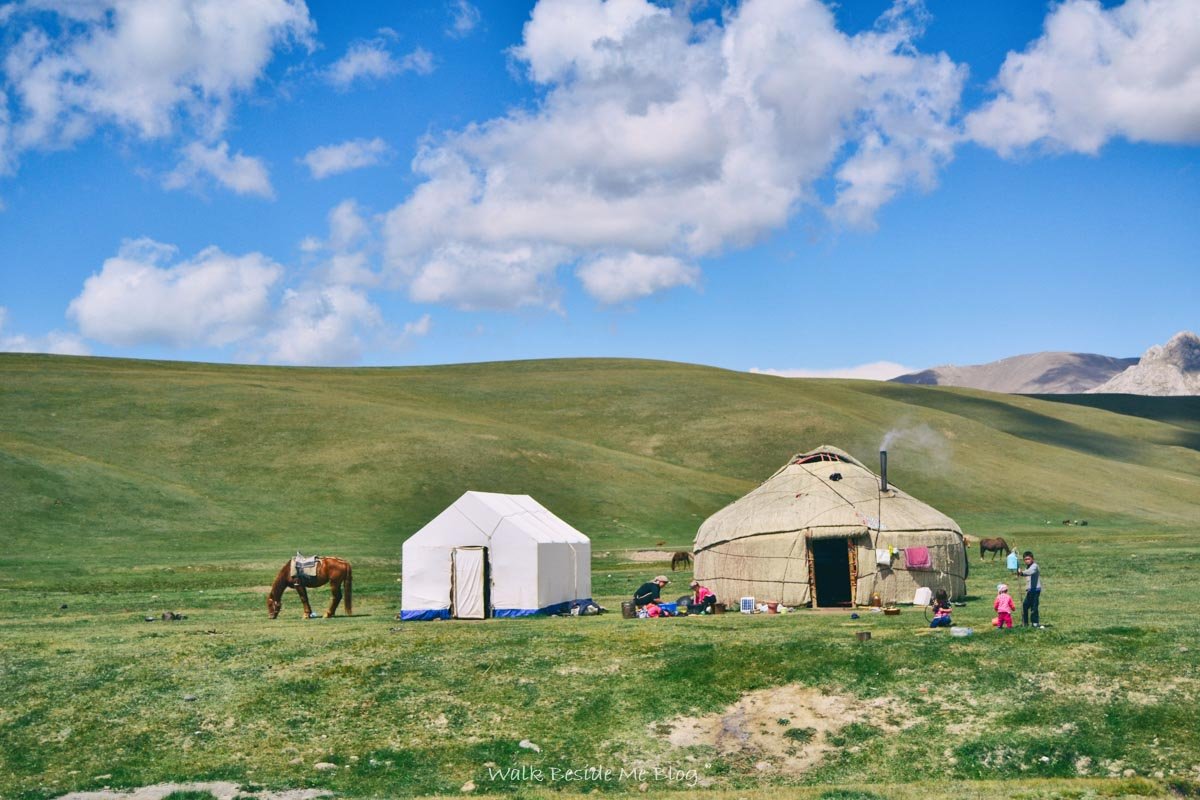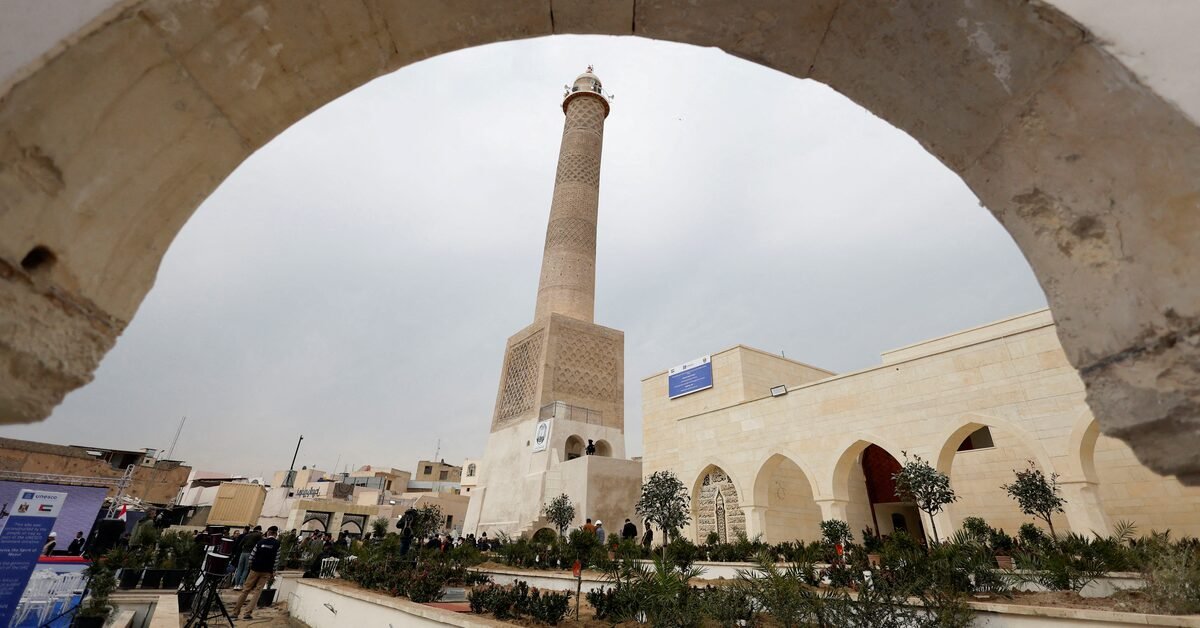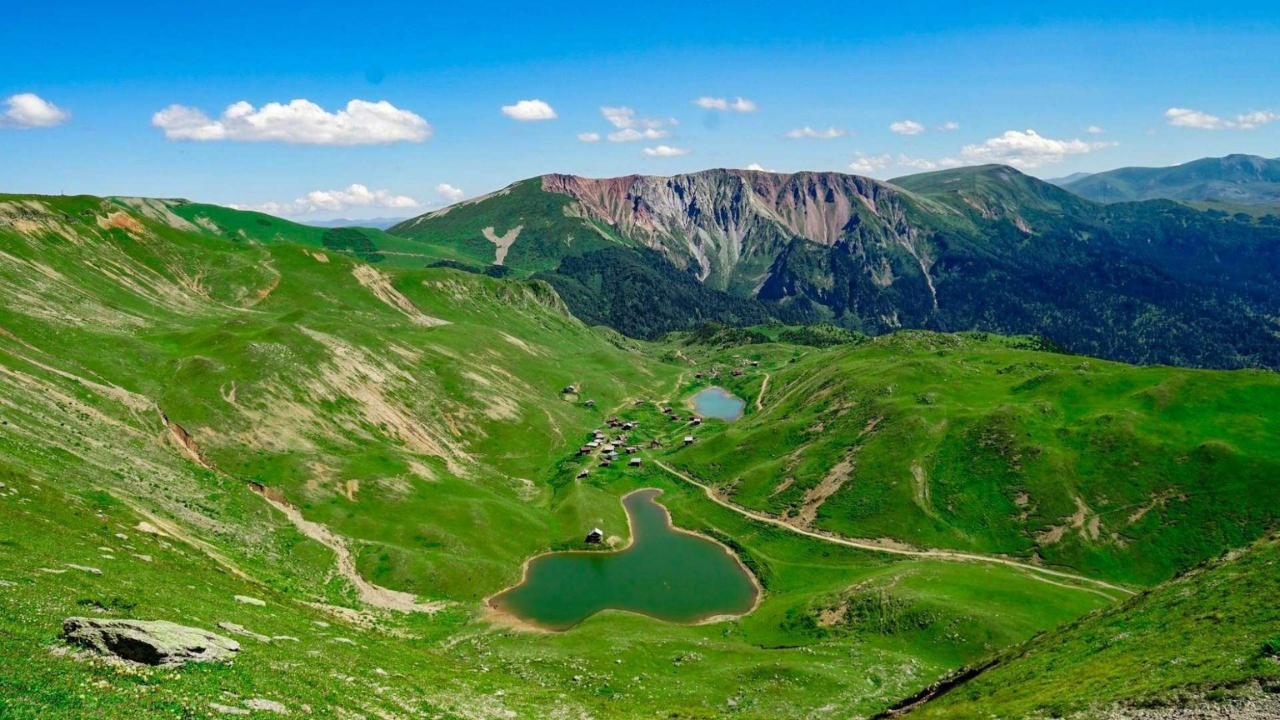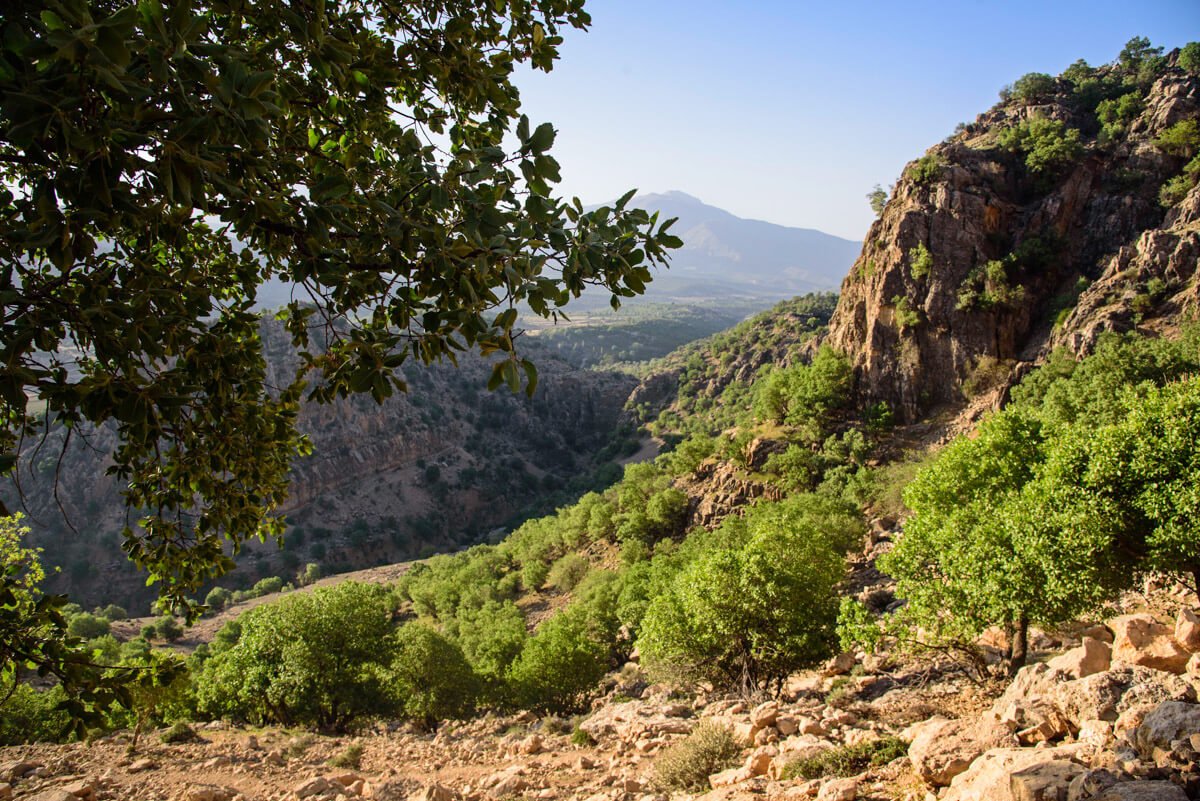1. Breathtaking Mountain Scenery
Over 90% of Kyrgyzstan is mountainous, with the Tian Shan range dominating the landscape like a fortress of stone and snow. Picture endless valleys, jagged peaks, glacier-fed rivers, and alpine meadows straight out of a fantasy novel. The mountains aren’t just a backdrop—they’re the heart of the country’s identity.
For trekkers, this is paradise. The Ala Archa National Park, Jyrgalan Valley, and Alay Mountains offer treks for all levels, from half-day hikes to multi-day adventures into the wilderness, often without seeing another soul. There’s no better way to disconnect from modern life and reconnect with nature.
2. Authentic Nomadic Culture
While much of the modern world has moved on from its ancient roots, Kyrgyzstan has preserved its nomadic soul. Even today, shepherds still migrate with the seasons, setting up yurts in the high pastures known as jailoos, where life continues as it has for centuries.
Visitors can stay in these yurts and experience firsthand the rhythms of nomadic life—milking cows at sunrise, riding horses across valleys, and eating traditional meals like boorsok and plov. This isn’t a tourist show; it’s real, lived culture that welcomes curious travelers with open arms.
3. Epic Horseback Adventures
In Kyrgyzstan, horses are not just animals—they’re companions, status symbols, and essential to everyday life in rural areas. With ancient equestrian traditions still intact, there’s no better way to explore the country than on horseback.
From gentle day rides to week-long treks over mountain passes and through yak-dotted valleys, horse trekking is one of the most immersive ways to see the land. The famous ride from Kochkor to Song-Kul Lake, for example, lets you retrace the ancient Silk Road routes while sleeping under stars in remote pastures.
4. Warm and Genuine Hospitality
In Kyrgyz culture, a guest is a blessing—a principle that translates into some of the most sincere hospitality you’ll find anywhere. Whether you’re staying in a family-run guesthouse in Karakol, a yurt in the countryside, or just stopping at a roadside stall, you’ll be greeted with smiles, tea, and perhaps even an invitation to join a meal.
The Community-Based Tourism (CBT) network has made it easier than ever to connect with local families who open their homes to travelers, providing not just beds and meals but deep cultural exchange. You won’t feel like a stranger in Kyrgyzstan—you’ll feel like family.
5. Spectacular Lakes
Kyrgyzstan is home to some of the most stunning lakes in Central Asia—each with its own distinct character and story. The most famous is Issyk-Kul, the world’s second-largest alpine lake, so massive it never freezes despite its high elevation. Framed by snowy peaks and pebbled beaches, it offers both summer relaxation and water sports.
Further afield, you’ll find the turquoise beauty of Song-Kul, perched at 3,000 meters, where nomads graze their livestock on lush plains. There’s also Ala-Kul, a jewel-like glacial lake accessible only by a challenging trek. Wherever you go, the lakes are pristine, photogenic, and utterly tranquil.
6. Accessible Adventure without the Price Tag
If you love adventure travel but not the steep prices that often come with it, Kyrgyzstan is a dream come true. Accommodations, food, and transportation are extremely affordable, even in remote areas. Whether you’re backpacking on a shoestring or seeking comfortable eco-lodges, Kyrgyzstan offers excellent value for money.
You can hire a guide for a multi-day trek, go paragliding, ride horses, or ski in the mountains without breaking the bank. This affordability makes it possible to travel longer, dive deeper into the culture, and explore beyond the typical tourist route.
7. Diverse and Delicious Food
Kyrgyz cuisine reflects the country’s nomadic roots and Silk Road heritage—think hearty stews, grilled meats, and savory pastries. Staples include laghman (hand-pulled noodles), manty (steamed dumplings), and shashlik (skewered lamb or beef). Dairy plays a central role too, from fresh yogurt to kumis, a fermented mare’s milk that’s not for the faint of heart.
Vegetarians may find fewer options in rural areas, but cities like Bishkek and Osh offer a growing variety of international and meat-free cuisine. Food is more than sustenance here—it’s a cornerstone of hospitality and celebration.
8. Unique Festivals and Traditions
Time your visit with one of Kyrgyzstan’s traditional festivals and you’ll witness a side of the culture that’s vibrant, competitive, and deeply rooted in history. Events like the World Nomad Games (held periodically) showcase traditional sports such as kok-boru (a kind of polo with a goat carcass), eagle hunting, and horseback wrestling.
In rural areas, weddings and community gatherings often feature traditional music, dancing, and poetry recitations that offer a glimpse into the country’s artistic soul. Even everyday rituals, like making bread or weaving felt carpets, are rich with cultural meaning and artistry.
9. A Safe and Peaceful Destination
Despite being in a geopolitically complex region, Kyrgyzstan is one of the safest countries in Central Asia for travelers. Crime rates are low, political protests are usually confined to urban centers, and locals are often eager to assist foreign visitors.
English is not widely spoken outside cities, but that only adds to the adventure—and body language, smiles, and a few words in Russian or Kyrgyz go a long way. With the right planning and respectful curiosity, traveling through Kyrgyzstan is as smooth as it is rewarding.
10. It’s Still Off the Beaten Path (for Now)
In a world increasingly saturated with tourism, Kyrgyzstan remains refreshingly untouched. Even in its most popular locations, you’re unlikely to encounter tour buses or crowded viewpoints. You’ll find space—both literal and mental—to breathe, to think, and to explore.
That said, the secret is starting to slip. Improved visa policies (including visa-free entry for citizens of over 60 countries) and growing infrastructure mean Kyrgyzstan is becoming more accessible. Now is the time to visit—before it becomes the next big thing and the charm of its undiscovered wilderness begins to fade.
Final Travel Tips
- When to go: The best time to visit is between June and September, when the mountain passes are open and the weather is pleasant. Spring and fall offer fewer tourists but unpredictable conditions in high altitudes.
- How to get there: Fly into Manas International Airport (FRU) in Bishkek, the capital. From there, minibuses (marshrutkas), taxis, and domestic flights connect you to key destinations.
- Getting around: For remote areas, consider hiring a driver or booking through a Community-Based Tourism office. Public transport is limited in rural regions.
- What to pack: Warm clothing (even in summer), a sturdy daypack, sun protection, a reusable water bottle, and a strong sense of adventure.
- Visa requirements: Many nationalities, including those from the EU, UK, US, Canada, and Australia, can enter visa-free for up to 60 days. Always check the latest information before your trip.
Final Thoughts: Kyrgyzstan Awaits
Kyrgyzstan is not just a place—it’s a journey into a different rhythm of life. It’s waking up in a yurt with the scent of fresh bread in the air. It’s riding horses through flower-filled meadows with snow-draped peaks as your companions. It’s late-night conversations with strangers who treat you like family.
For travelers seeking authenticity, adventure, and awe-inspiring beauty, Kyrgyzstan offers an experience like no other. Visit now—before the trails are worn, the towns are crowded, and the silence of the mountains is replaced by the sounds of the world catching up.



